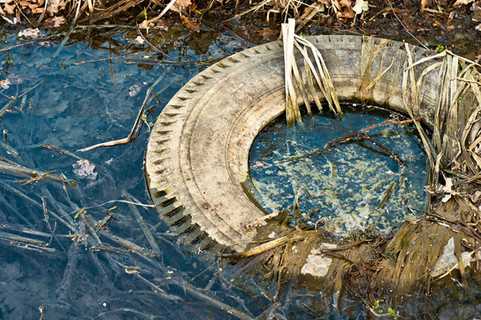Hello and happy new year all! Amanda's here from Think- Research team! How was your new year celebration? I hope all went well and safe :) Compare to last year, mine was quite peaceful and fun cookout at home on the first day 2021. Speaking about cookout, su-re.co has many things cooking up this year! We will start by holding Kickoff Meeting for our Projects (stay tune for the time and date!), a new plan for our carbon offset project and many more!! One of upcoming project is water filter project in Bali! Before getting into details, you may wonder what and how this came about?
Water pollution has become increasingly prominent in many densely-populated countries. Indonesia, which holds six percent of the global water sources, is currently facing deteriorating water resources at 15-35% per capita annually due to environmental degradation and pollution (WEPA, 2015). In 2019, the World Wild Fund recorded that 82% of the 550 rivers monitored are severely polluted, which resulted in contaminated groundwaterin over 25% of all villages in Indonesia (Purningsih, 2019). The scarcity of water crucially impacts the people's health and livelihood, the habitat loss of native plants and animals, the declining agricultural field, and polluted aquatic ecosystem. The Pollution and Health Metrics revealed that water pollution accounts for roughly 26% of the total 232,974 recorded pollution-related deaths in Indonesia (Syakriah, 2020). The rise of urbanization and the climate crisis merged with the lack of environmental management enforcement are causing water pollution in almost all major cities, including the famous tourist destination – Bali.
Water pollution and scarcity are a growing challenge for Bali, mainly due to the increasing population, massive tourism, and severe drought season at the upstream level. Water sources on the island are composed of surface waters (rivers, canals, and lakes) and groundwater (Budiasa et al., 2018). According to a study by Udayana University, untreated waste contributes up to 90,072.9 million m3/year to polluting water rivers and lakes in Bali,with domestic waste being the highest at 99%, followed by agricultural waste, and processing industrial waste (Sundra,2017). While domestic waste contributes to the most extensive, the tourism sector is also a critical one. In 2019, 60% of the Bali economic wheel is driven by the tourism sector, including revenues from hotels, restaurants, golf resorts, and small-medium enterprises (Kristianto, 2020). Despite the largest economic contribution, 65% of water sources channeled for tourism have worsened the deterioration of water quality, saltwater intrusion, and subsidence of land levels (Mullor, Cole and Sandang, 2020; Neubauer, 2019). The existing wastewater treatment in Bali is struggling to cope with the intensive growth of water consumption. The current system in Denpasar Regency only processes around 25% of the total wastewater amount through two aerated lagoons and two sedimentation pondsthat are discharged into mangroves on seacoast (Budiasa et al., 2018)). It has been reported that Bali water sources have deteriorated so greatly that over 260 of the 400 rivers in Bali experiencing drought for the last decade (Neubauer, 2019). This figure is alarming as draining water bodies, and saltwater intrusion is predicted to irreversibly annulling the freshgroundwater supply if these conditions are left unsolved.
In summary, the Bali water crisis can be put as such: As the influx of tourism dominates the freshwater channels, locals are left with diminished water resources for its agriculture
and everyday needs. Due to lack of supporting infrastructure, local communities and businesses end up dumping its sewage into open waters, flowing back to contaminate freshwater and pollute the beach, or as famously known as the surfer's paradise. The critical question is, what is the best option that can solve both causes, tourism, and insufficient wastewater treatment infrastructure?
Stay tune for my next blog to see how su-re.co effort help answer this critical question and tackle this issue!






Comments